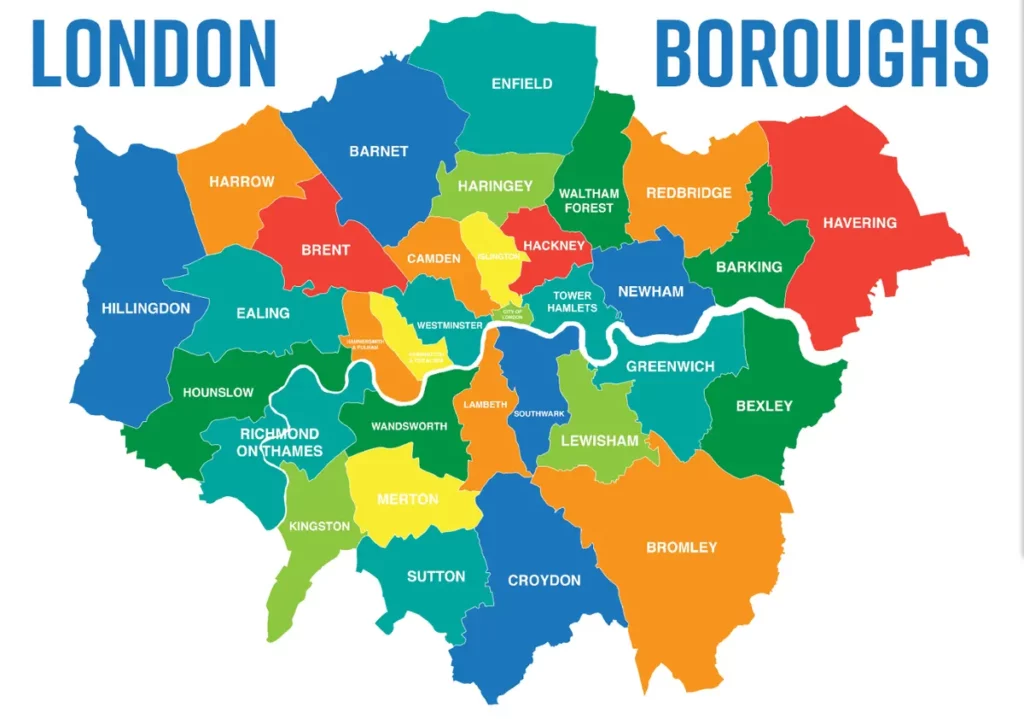Understanding Energy Performance Certificates: Importance and New Rules for Landlords in the UK
What is an Energy Performance Certificate (EPC)?An Energy Performance Certificate (EPC) is a crucial document that assesses the energy efficiency...


Ensuring fire safety in this area is essential to protect its residents, businesses, and heritage sites. Conducting a comprehensive Fire Risk Assessment (FRA) is a crucial step in maintaining safety and compliance with legal requirements.
Conducting a Fire Risk Assessment involves several critical steps:
Identifying Fire Hazards: This includes recognizing potential sources of ignition (e.g., electrical equipment, cooking appliances), fuel (e.g., flammable materials like paper, wood, and fabric), and oxygen (typically natural airflow in buildings but can include additional sources like oxygen cylinders).
Identifying People at Risk: This step involves identifying all individuals who may be at risk in the event of a fire, including employees, residents, visitors, and contractors. Special attention should be given to vulnerable groups such as the elderly, children, and individuals with disabilities.
Evaluating Risks: This involves assessing the likelihood of a fire starting and its potential impact on people. Evaluating risks helps in prioritizing the actions needed to mitigate them.
Removing or Reducing Risks: Implement measures to eliminate or minimize identified hazards. This can include maintaining electrical equipment, ensuring proper storage of flammable materials, and implementing smoking policies.
Protecting People: Ensure there are adequate fire safety measures in place, such as fire alarms, extinguishers, and clear, well-lit escape routes. Regular maintenance and testing of fire safety equipment are essential.
Recording Findings: Document the hazards identified, the assessment of risks, and the actions taken to mitigate those risks. This record should be easily accessible and regularly updated.
Planning and Training: Develop an emergency plan and ensure all occupants are informed and instructed on fire safety procedures. Regular fire drills and training sessions are crucial to ensure everyone knows what to do in the event of a fire.
Reviewing and Updating: Regularly review and update the FRA to ensure it remains current and effective. This should be done annually or whenever significant changes occur in the premises or its use.
Legal obligations for FRAs in Kensington and Chelsea are guided by the Regulatory Reform (Fire Safety) Order 2005. Compliance with the London Fire Brigade (LFB) guidelines is mandatory. For further information and resources, the following links are useful:
By following these guidelines and utilizing the available resources, you can ensure your fire risk assessment is thorough, compliant, and effective in mitigating fire risks in Kensington and Chelsea.
Be compliant and updated with the latest safety knowledge regarding fire risk, gas safety, electrical safety and energy performance.
What is an Energy Performance Certificate (EPC)?An Energy Performance Certificate (EPC) is a crucial document that assesses the energy efficiency...
Introduction to Fire Risk AssessmentA fire risk assessment is a systematic evaluation designed to identify potential fire hazards within a...
The evolving regulatory landscape for Energy Performance Certificates (EPCs) in England and Wales is at a pivotal moment, with landlords...
The Regulator of Social Housing (RSH) has recently identified serious failings in Brent Council’s performance as a landlord — findings...
Landlords Checks Limited 1340 – Greenford Road, Greenford, UB6 0HL
Mon – Friday 08:00 – 18:00 Saturday 10:00 – 16:00
